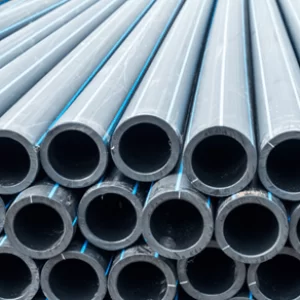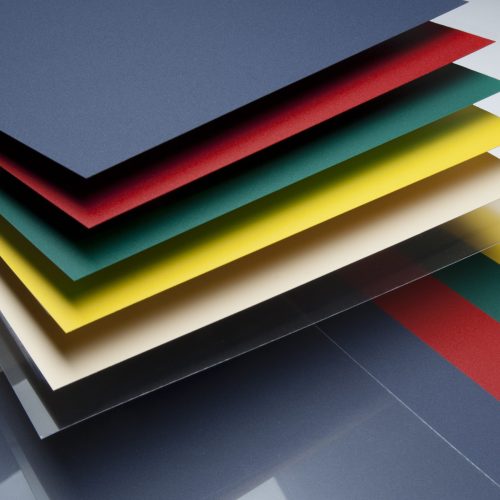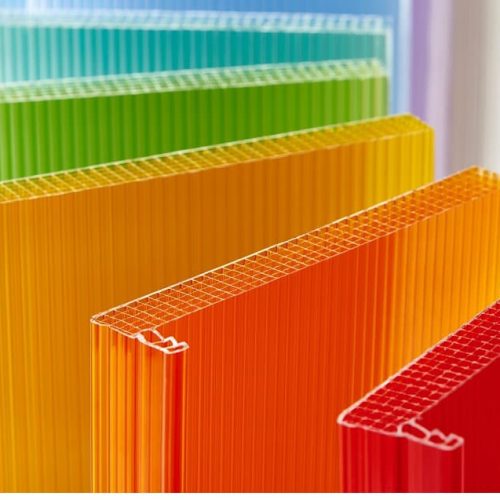Performance Materials
POLYOLEFINS AND VINYLS

High-Density Polyethylene (HDPE) is a durable thermoplastic polymer widely used in packaging, construction, and other industries. With its high strength, chemical resistance, and recyclability, HDPE is a versatile choice for various applications. It can be molded into bottles, pipes, and more, while offering excellent protection against impact, abrasion, and environmental stress. Its resistance to moisture and UV radiation also makes it suitable for outdoor use. HDPE’s popularity stems from its exceptional properties and wide range of uses, making it a reliable material in modern manufacturing.
Low-Density Polyethylene (LDPE) is a versatile thermoplastic polymer widely used in various industries. With its flexibility, impact resistance, and excellent chemical resistance, LDPE is a popular choice for packaging, agricultural films, and consumer products. Its low density and lightweight nature make it ideal for applications where flexibility and ease of processing are essential. LDPE is easily molded into films, bags, and containers, providing excellent moisture resistance and protecting goods from external elements. Its widespread use in diverse industries is a testament to LDPE’s reliability and adaptability as a cost-effective plastic material.
Linear Low-Density Polyethylene (LLDPE) is a highly versatile thermoplastic polymer widely used across industries. Its unique structure, composed of linear chains with short branches, grants LLDPE exceptional strength, flexibility, and impact resistance. These qualities make it an ideal material for applications such as packaging films, industrial liners, and agricultural films. LLDPE offers excellent puncture resistance, moisture protection, and resistance to chemicals, making it suitable for demanding environments. Its ability to be processed through various methods, including blow molding and extrusion, further enhances its versatility. LLDPE’s wide-ranging applications and superior performance characteristics have made it a reliable choice in modern manufacturing.
Polypropylene (PP) is a highly versatile thermoplastic polymer that finds extensive use in numerous industries. Renowned for its exceptional chemical resistance, PP is employed in applications where contact with corrosive substances is common. Its lightweight nature, coupled with high stiffness and strength, make it ideal for various products such as packaging, automotive parts, and household goods. PP can be easily molded, extruded, or formed into fibers, enabling manufacturers to create a wide range of shapes and sizes. Additionally, PP exhibits excellent heat resistance, making it suitable for applications that involve high temperatures. Its inherent recyclability further contributes to its appeal as an environmentally friendly material. With its advantageous properties and broad applications, PP continues to play a crucial role in modern manufacturing and innovation.
Polyvinyl Chloride (PVC) is a versatile thermoplastic polymer widely used in diverse industries. Known for its durability, PVC offers excellent resistance to abrasion, impact, and chemicals. It is commonly utilized in construction, electrical insulation, and piping systems due to its high strength and corrosion resistance. PVC can be easily molded, extruded, or fabricated into various shapes and sizes, making it suitable for a wide range of applications. Additionally, PVC’s flame-retardant properties and thermal stability make it ideal for electrical and fire safety applications. Its cost-effectiveness, recyclability, and long lifespan further contribute to its popularity as a reliable material choice in manufacturing and construction.
Ethylene Vinyl Acetate (EVA) is a versatile copolymer that combines the properties of ethylene and vinyl acetate. EVA is known for its flexibility, low-temperature toughness, and excellent clarity. It is commonly used in industries such as footwear, packaging, and sports equipment. EVA offers cushioning, shock absorption, and comfort, making it an ideal material for shoe soles, insoles, and padding. It can be easily molded and fabricated into different shapes, allowing for customization and versatility. EVA’s resistance to UV radiation, chemicals, and moisture adds to its durability and reliability. Furthermore, its lightweight nature and recyclability contribute to its appeal as an eco-friendly material. With its wide range of applications and advantageous properties, EVA continues to be a popular choice in various industries.
Polyethylene Terephthalate (PET) is a widely used thermoplastic polymer known for its versatility and excellent physical properties. PET is commonly used in the packaging industry, particularly for beverage bottles and food containers. Its clarity, transparency, and good barrier properties make it suitable for storing carbonated drinks, water, juices, and other perishable products. PET is lightweight, impact-resistant, and has good dimensional stability, allowing for efficient transportation and storage. It is also highly recyclable, promoting sustainability and environmental consciousness. PET is commonly processed through injection molding and blow molding techniques to create a wide variety of products. Its widespread use and advantageous characteristics have solidified PET’s position as a reliable material choice in the packaging industry and beyond.
Recycled polymer resins are reprocessed plastics, offering benefits such as reduced demand for virgin plastics, waste reduction, and resource conservation. They find applications in packaging, construction, and more. By using recycled resins, companies contribute to a circular economy and environmental sustainability. Advancements ensure improved quality, making them viable alternatives. Promoting their use addresses the plastic waste crisis and fosters a greener future. Consumers can support this by choosing products made with recycled materials, encouraging sustainable practices throughout the supply chain.
ENGINEERING PLASTICS

Polymethyl Methacrylate (PMMA), commonly known as acrylic or acrylic glass, is a transparent thermoplastic material with exceptional optical clarity and weather resistance. PMMA is widely used in applications where transparency and impact resistance are crucial, such as in windows, signs, lighting fixtures, and automotive components. It offers high light transmission, UV resistance, and excellent scratch resistance. PMMA can be easily shaped and fabricated through processes like molding, extrusion, and machining. Its versatility, combined with its aesthetic appeal and durability, has made PMMA a popular choice in various industries, including architecture, design, and healthcare.

Polycarbonate (PC) is a versatile and durable thermoplastic polymer with a wide range of applications. Known for its exceptional impact resistance and high clarity, polycarbonate is commonly used in industries such as automotive, electronics, construction, and medical. It offers excellent strength, heat resistance, and dimensional stability, making it suitable for applications that require tough and reliable materials. Polycarbonate is transparent, allowing for optical clarity, and it can be easily molded, extruded, and formed into various shapes. Its versatility and ability to withstand harsh environments make it a preferred choice for items like safety glasses, automotive components, electronic housings, and bullet-resistant glass. Additionally, polycarbonate is lightweight and recyclable, contributing to its appeal as an eco-friendly material.

